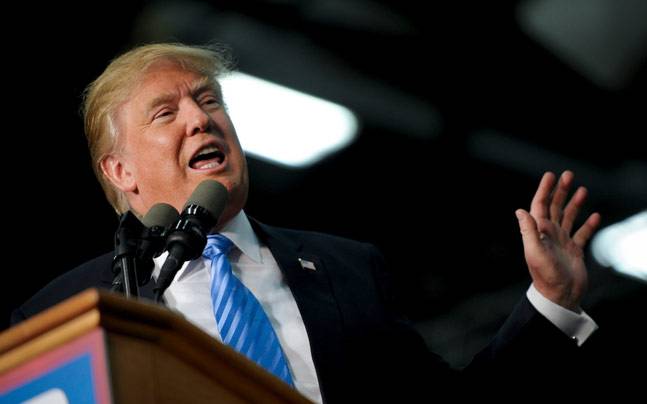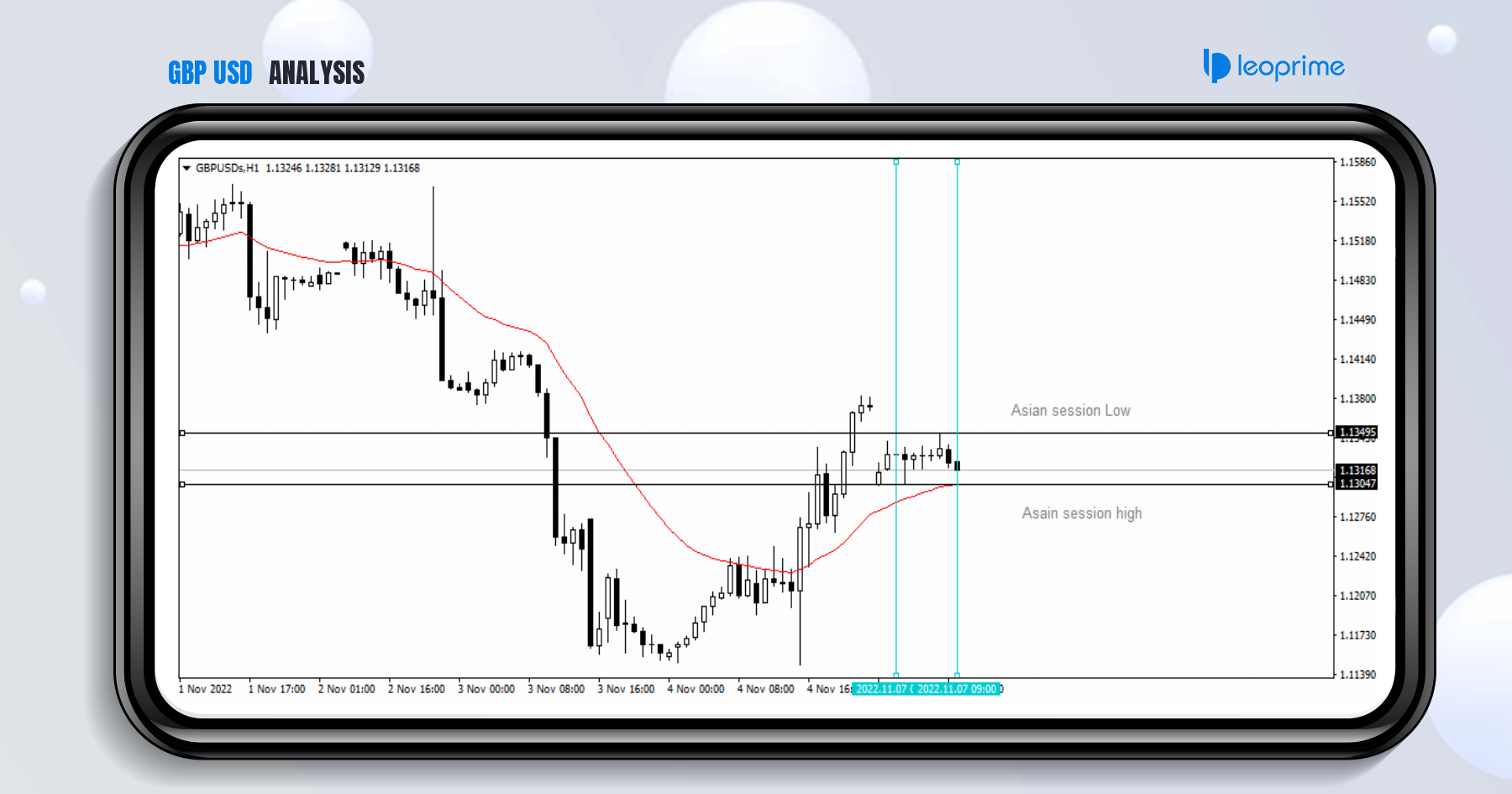
Investing.com — Foreign exchange markets are in risk-off mode again in early trading in Europe Thursday, with the yen rising and the renminbi falling as the likelihood of fresh U.S. tariffs on Chinese imports rises.
A flurry of contradictory headlines on trade on Wednesday left markets confused but still expecting a deal to be done between the world’s two largest economies, not least since China’s top negotiator vice premier Liu He is due to arrive in Washington later in the day.
“They broke the deal!” President Donald Trump told a rally, reiterating criticisms that China had walked back commitments to strict enforcement mechanisms for whatever the two sides can agree.
China’s Commerce Ministry responded overnight by warning that “escalating the trade conflict is not in the interest of the people in both countries and the world.”
The yuan fell to its lowest level since January against the dollar overnight, dipping to 6.8141. The Aussie also hit a four-month low.
“This week’s move in USD/CNY has…come as a surprise and jolted markets out of their comfort zone,” ING analysts Chris Turner and Carlo Cacuzzo said, adding that they expect the yuan’s weakness to spill over into other “activity currencies” such as the Canadian dollar, the Korean won, Indonesian rupiah and South African rand.
At 03:00 AM ET (0700 GMT), the dollar index, which measures the greenback against a basket of six major currencies, was at 97.330, down 0.1% from late Wednesday, due largely to declines against the safe haven yen and Swiss franc.
Elsewhere, the British pound remains in holding mode after a threat to U.K. Prime Minister Theresa May fizzled. Hopes for a cross-party deal that could deliver a smooth exit from the European Union remain low, however.
The euro also continues to drift in a range around $1.12, with no major economic data scheduled for the day.







